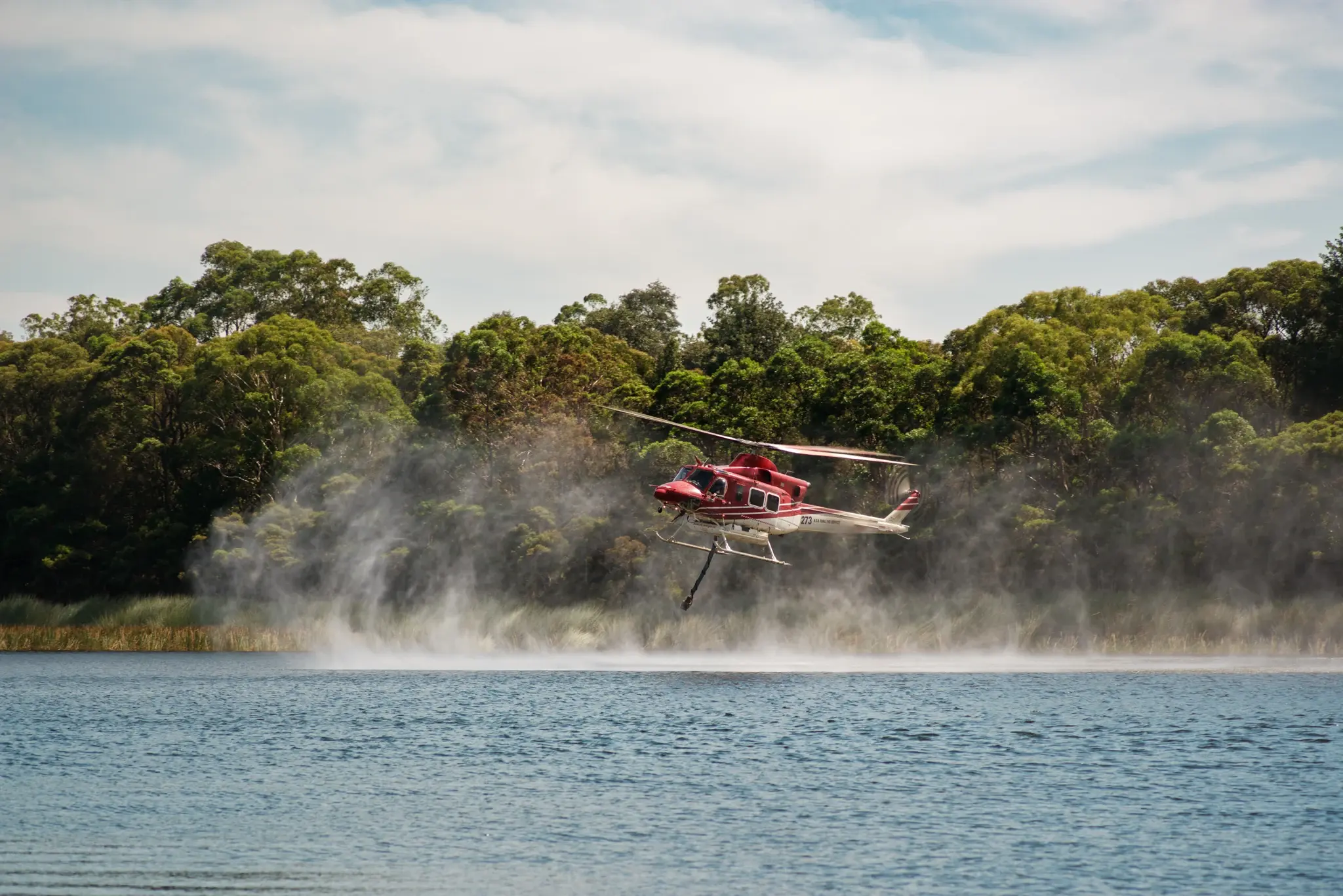Published on August 14, 2024
The smoking gun of climate change
The report found that climate change makes the chances of extreme fire events in Canada, the western Amazon area and Greece more likely.
Fire weather – which is characterised by hot, dry conditions – has shifted significantly in all three of these regions if we compare the risks to a world without climate change.
Climate change increased the risk of extreme fire weather by about 20 times in western Amazonia; it was four times more likely in Greece and three times more likely in Canada.

Sciences & Technology
How do we protect our unique biodiversity from megafires?
Dr Chantelle Burton, a senior climate scientist at the Met Office, the UK's national meteorological service has said “it is virtually certain – to borrow IPCC terminology – that fires were larger during the 2023 wildfires in Canada and Amazonia due to climate change”.
Under a mid-to-high greenhouse gas emissions scenario, extreme fire events like these will become more and more frequent by the end of the century.
According to Dr Douglas Kelley, a senior fire scientist at the UK Centre for Ecology & Hydrology “we urgently need to rapidly reduce greenhouse gas emissions and manage vegetation in order to reduce the risk and impacts of increasingly severe wildfires on society and ecosystems”.

Fire’s complex causes
While weather and climate are major drivers of fire activity and its impacts, fires interact with other important factors like vegetation, land management and ignitions from lightning and a range of human causes.
Untangling these factors can be complex, but the report used cutting-edge fire models to reveal the influence of these different components on extreme fire activity.
Dr Francesca Di Giuseppe, a senior scientist at the European Centre for Medium-Range Weather Forecasts points out that “in Canada and Greece, a mix of severe fire weather and plenty of dry vegetation reinforced one another to drive a major uptick in the number and extent of fires last year”.

Sciences & Technology
The burning of Australia’s nature
But she also adds that their analysis found that things like “suppression and landscape fragmentation related to human activities likely played important roles in limiting the final extent of the burned areas”.
The Australian fire season
The 2023-24 fire season was a mixed one here in Australia.
Because of the vast scale of savannah fires – and we’re talking about 84 million hectares burned in northen Australia last year – 2023-24 ranked among the top five years in burned area for Australia since 2002.
In the savannahs, grasslands, and shrublands of western and northern Australia fire activity was above-average, and so was the total area burned.

Other parts of the country also recorded high impact levels from fire activity.
For example, wildfires near Perth in Western Australia destroyed properties, while the Tara and Mount Isa fires in Queensland destroyed 65 homes and claimed two lives.
Down south, in Victoria, fires destroyed over 40 homes and injured five firefighters, while in New South Wales, forest fires caused widespread smoke-related damage.
This report is an annual wake-up call to the world – wildfires and their effects will be the lived reality for millions of people around the globe, reminding us of the close links between fire, the climate and people.
This article was first published on Pursuit. Read the original article.